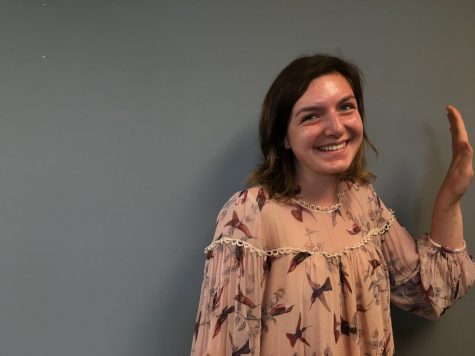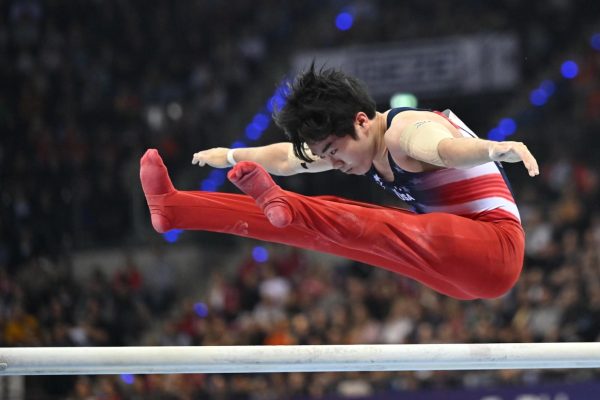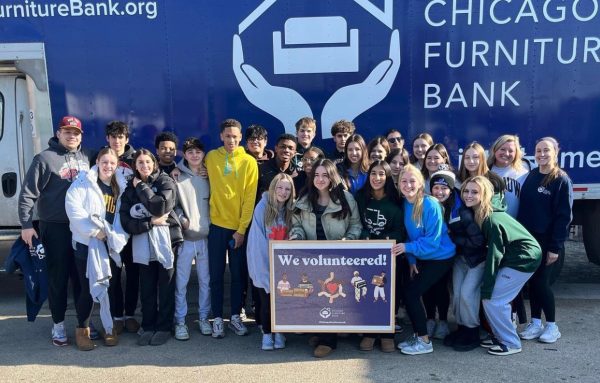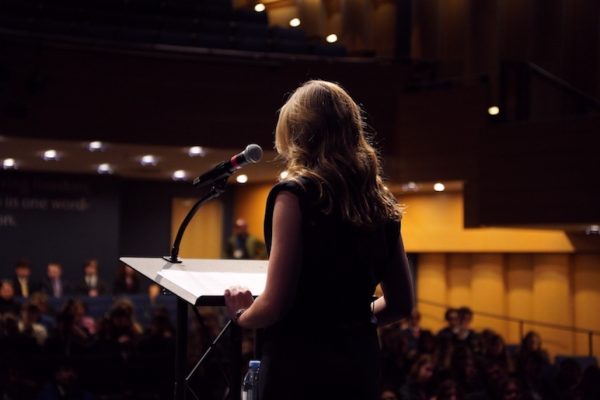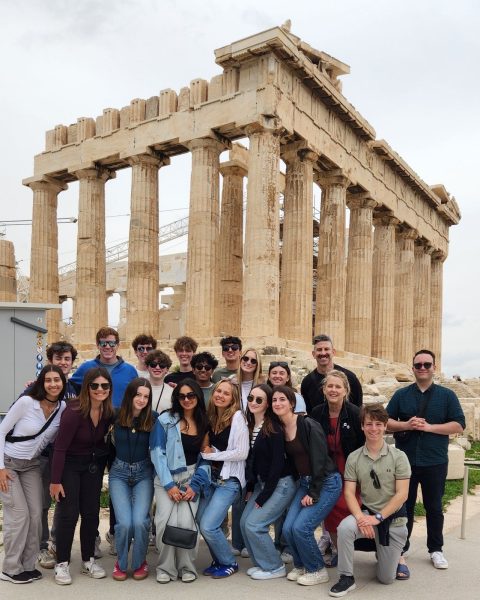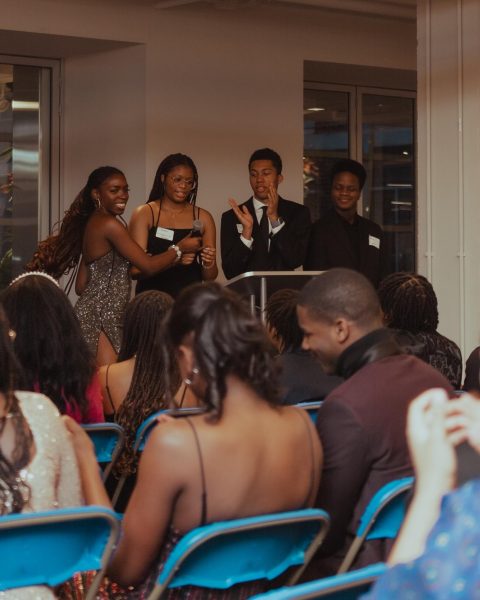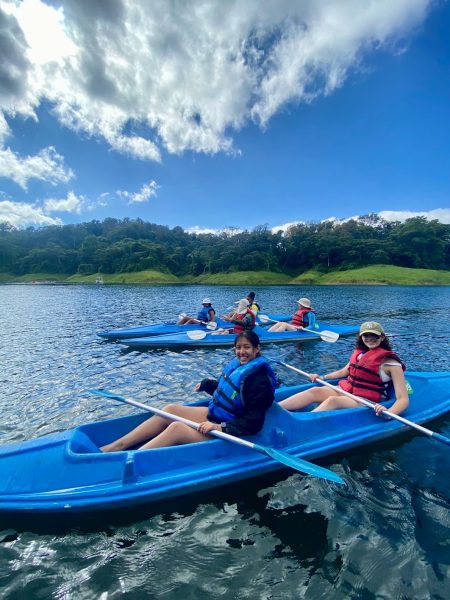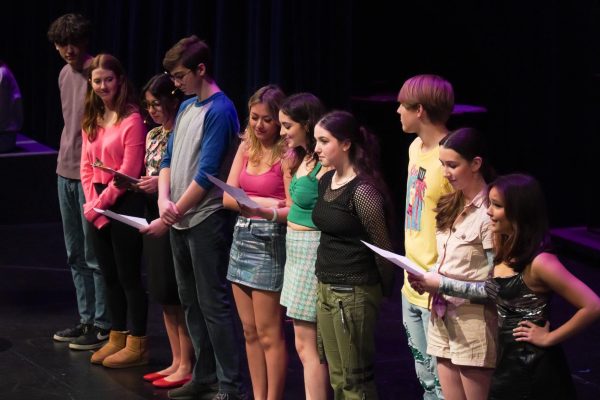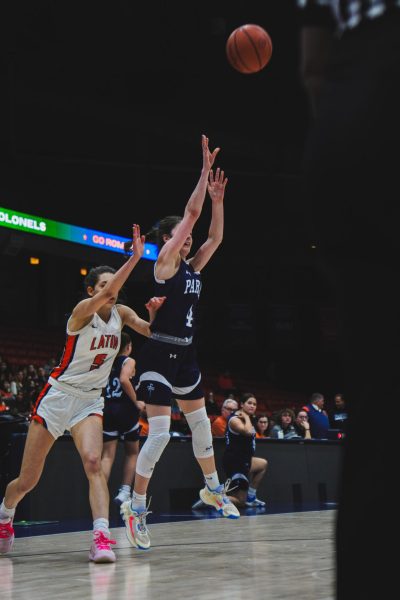It’s Not Just ‘The Parker Way’
TIDES Program Defines What it Means to Learn at Parker
At the start of its third year of work, the Technology, Innovation, Design, and Entrepreneurship for Society (TIDES) program at Parker is introducing a set of newly-articulated goals. With the help of teachers and staff ranging from Junior Kindergarten to the high school, TIDES has created a list of “Parker learning characteristics” to help guide and improve the learning environment at the school.
By the end of last year, the faculty determined that the characteristics that the school would focus on for the year would be: Intellectual Curiosity, Cultural Competence, Investment in Learning, Growth Mindset, Positive Community Membership, and Engaged Citizenship. The remaining three characteristics chosen – analytical thinking, resilience, and creativity – were decided as less important and won’t be used as much this year. The first step, Moran said, will be to examine Intellectual Curiosity.
Director of Education Technology Martin Moran, also a part-time History teacher in the Upper School, has overseen the process of creating, defining, and–soon–implementing these learning characteristics.
In May and June, TIDES began the process of deciding what it means to be a Parker learner and then defining what those Parker learning characteristics are. “We spent the year last year with the faculty trying to figure out what does it mean to be a Parker learner?” Moran said. “What types of things are important? What are the types of characteristics that we like to see in students, in ourselves, in families, in everyone?”
After faculty from all across the school spent time cutting down their wide range of learning characteristics, the TIDES facilitators chose a total of 9. Faculty then narrowed that list down to six, and those will be the areas that TIDES will be working with.
Librarian Annette Lesak, one of the TIDES facilitators last year, worked to help organize and lead conversations with 15 other teachers in order to generate language that they felt summarized what being a learner at Parker is like–for both teachers and students. “One of the possibly challenging things is that we can’t be everything, and that was one of the hard parts about arriving at the characteristics we did arrive at,” Lesak said. “There are things that are left out of there, so I think there will be moments where we think about, ‘Oh, we kind of missed this thing and we do value that.’”
The current TIDES learning characteristics are meant to guide teachers in conversations about how students learn now–not forever. “The characteristics aren’t meant to be in place for the next 100 years,” Lesak said. “Education is going to change, Parker is going to change, and I think it would be harmful and ignorant to think that they will be there for a long time. We need to revisit them from time to time.”
Two years ago, TIDES was working on how to look at the school in new ways. “Initially what we wanted to do was to look at the way in which the elements of modern life, technology, design, social justice, and things like that, all sort of come together,” Moran said. “We wanted to have a point of view on that.”
The goal of the TIDES program was to learn about those elements of modern life and find ways to blend them–and to apply them to the school. “The idea was ‘How do we figure out what’s the intersection of all those things?’” Moran said. “‘And how do we teach specifically in a way that helps bring those things together?’”
By helping to organize conversations with faculty from all across the school, Principal Dan Frank played a role in the process of defining what it means to be a Parker learner. “As opposed to saying, ‘Oh well, you know, it’s the Parker way.’ That drives me crazy,” Frank said. “Let’s be specific so then we know how to organize curriculum, how to be more tuned-in in our teaching methods to really engage students so it feels alive and in the moment.”
Even though TIDES has officially defined what it means to be a Parker learner, these values have already been used in the classroom by teachers. TIDES is working to consolidate these values and make the school more aware of what students may value in their education. “I think teachers are going to be looking for a little guidance or a lead on how to really go all out on them,” Lesak said. “I think there are lots of teachers, and probably most of them, using them already. It’s already a part of how they teach.”
The learning characteristics are there to help guide lessons and discussions within the school that best support the ways in which students think and learn. “Mostly it will be to help the faculty feel that the guiding concepts are there, the division heads, all the department chairs, and all the teachers are very mindful that these are the important characteristics,” Frank said. “Trying to identify what are those core characteristics, not only for students but also for teachers as well and adults to engage them in learning. Then it becomes a vibrant learning environment.”
Moving forward, TIDES hopes to find areas in which the school could improve to better assist students in achieving and striving with regard to these learning characteristics. “We’re going to start with ‘intellectually curious,’” Moran said, “and see how long it takes to nail that one down.”
TIDES wants to discover the ways in which Parker students work best when they’re intellectually curious. These discoveries, Moran hopes, will lead to changes in classrooms, curricula, and even the ways in which the school assesses students.
